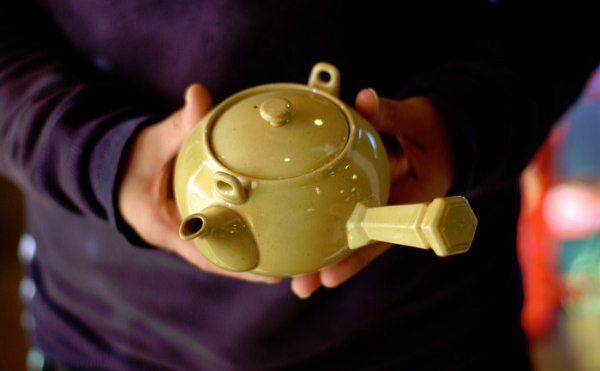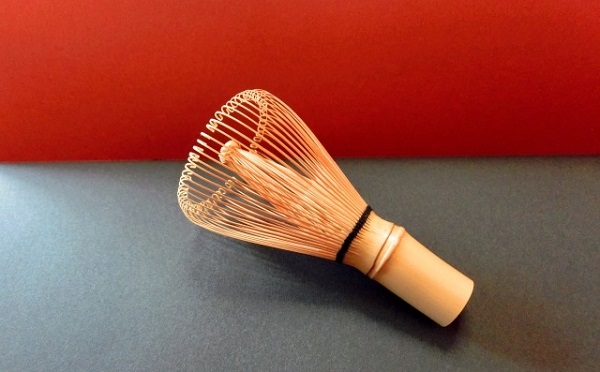Japanese matcha tea
In the collective imagination, Japan holds a magical role: a distant land, rich in tradition; where religion, meditation, and rituals live in perfect harmony with the most advanced technology.
A country that gives importance to every daily action and has managed to export its most iconic cuisine worldwide, making it universal. Alongside sushi, another well-established tradition is the use of green tea.
First of all, within the category of Japanese tea, there are several types:
– Gyokuro (玉露): this is generally the most expensive type of Japanese tea, “invented” in 1835, and later perfected at the beginning of the Meiji period (1868–1912) by the well-known creator Tsujiriemon (辻利右衛門 / 1844–1928), known as “Tsujiri (辻利)”. It is usually prepared with water that is not too hot, around 60°C (sometimes even colder, around 40°C).
– Sencha (煎茶): a green tea made with a completely different recipe from Gyokuro and the most consumed tea in Japan. It is typically prepared using a teapot called “Kyūsu (急須)” and water at approximately 70°C.
After the Middle Ages, there was another method in Japan for preparing this tea. However, a worker of a Ujicha (宇治茶) tea farmer, Sōen Nagatani (永谷 宗円 / 1681–1778), created the recipe for making Sencha. His only direct descendant later founded “Nagatanien (永谷園)” in Tokyo, a very large and well-known company in our country. Thanks also to Kahei Yamamoto (山本 嘉兵衛), founder of “Yamamotoyama (山本山)”, this tea became widespread up to the present day.
– Bancha (番茶): the most affordable and beloved tea, including varieties like “Hōjicha (ほうじ茶)” and “Genmaicha (玄米茶)”.
– Matcha / Hikicha (抹茶 / 挽茶): the most highly prized tea in Japan, very different from what we are used to. This tea is not consumed by infusion but by suspension. It comes in the form of a fine emerald green powder that is dissolved in warm (not boiling) water and whisked with a traditional bamboo whisk until the characteristic foam appears, known as “Jade Foam”.
Its origin is beautiful and mysterious: only a few people in all of Japan know the complete secrets to producing and preparing Matcha. The plant from which the leaves for the powder are obtained is called “Tencha (碾茶)”, the most precious in Japan, and perhaps in the world, belonging to the camellia sinensis family.
Tencha is grown in fields covered with cloths that limit sunlight (for at least 20 days), which causes the plant to produce more chlorophyll, making the leaves softer and sweeter. Once harvested, the leaves are steamed and then ground with stone mills to produce the powder ready for consumption.
dungthuyvunguyen, CC0, via Wikimedia Commons
Unlike any other tea, Matcha uses the whole leaf, absorbing all of its extraordinary nutritional properties. Matcha tea offers countless benefits: it protects against cardiovascular diseases, osteoporosis, and cancer; it improves digestion, fights diabetes, strengthens teeth, and is excellent as a natural antibacterial and fat burner.
Moreover, it boosts energy thanks to caffeine, which is released gradually: it doesn’t cause restlessness—instead, thanks to L-theanine, it promotes a state of calm and alertness. For this reason, it has been used for millennia by Buddhist monks during meditation.
In my imagination, the tea ceremony of the Geisha (芸者) is undoubtedly the ultimate representation of what I consider my adoptive homeland; and after trying it in a wide variety of traditional Japanese sweet preparations, I can no longer give up this ritual, which I repeat at home every day, two or three times, reliving the wonderful atmosphere of the Japanese ceremony—even in my small world.

Kyūsu

Bamboo whisk for matcha tea
Author
Silvia Serangeli
Edited by:
Chinami Matsushima

